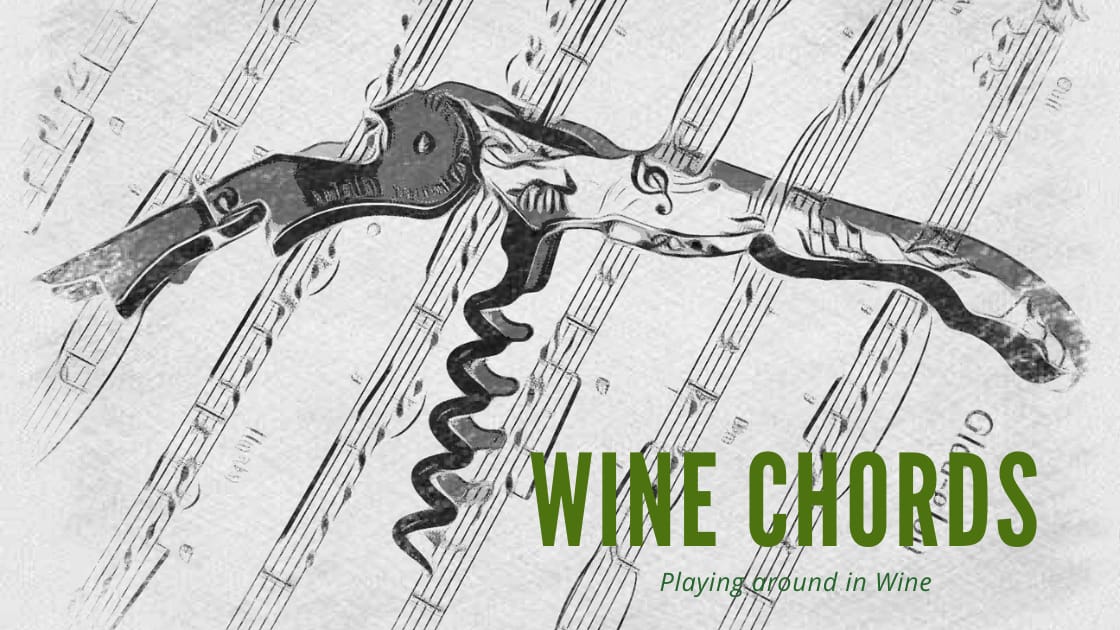I have met Miguel Viseu and his wife Leli Dalla Costa several times at the Simplesmente Vinho fair. And I have also seen Miguel at Aphros, where he is winemaker. I tasted their whole range of inspiring wines earlier this year, and got the chance to re-taste two of them when they appeared in my local market. The label of this one reads only Saravá, but it’s the skin contact version, curtimenta in Portuguese, as opposed to the “normal” white loureiro.
The grapes are loureiro 70% and trajadura 30%, grown in the Lima valley. It had 5 months maceration on skins, mostly destemmed, with a short ageing in chestnut and clay.
Brazilian exclamation

Saravá 2022 (Galactic Wines)
Yellow colour. Aroma of citrus zest, white flowers and a mineral touch. Juicy looks the mouth, with a fresh acidity and a saline finish. A vibrant and balanced wine with careful skin contact.
Price: Medium
Leave a Comment









